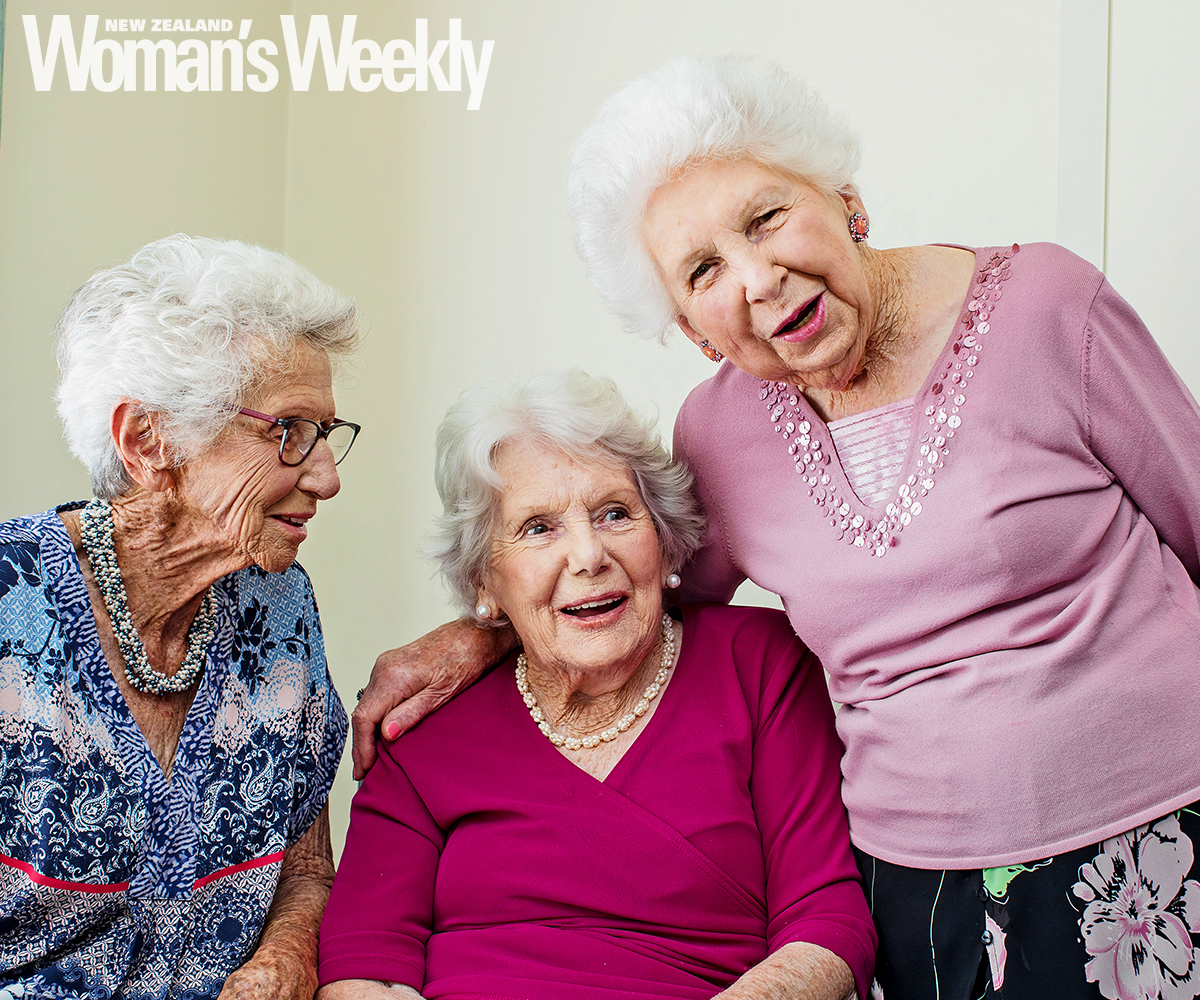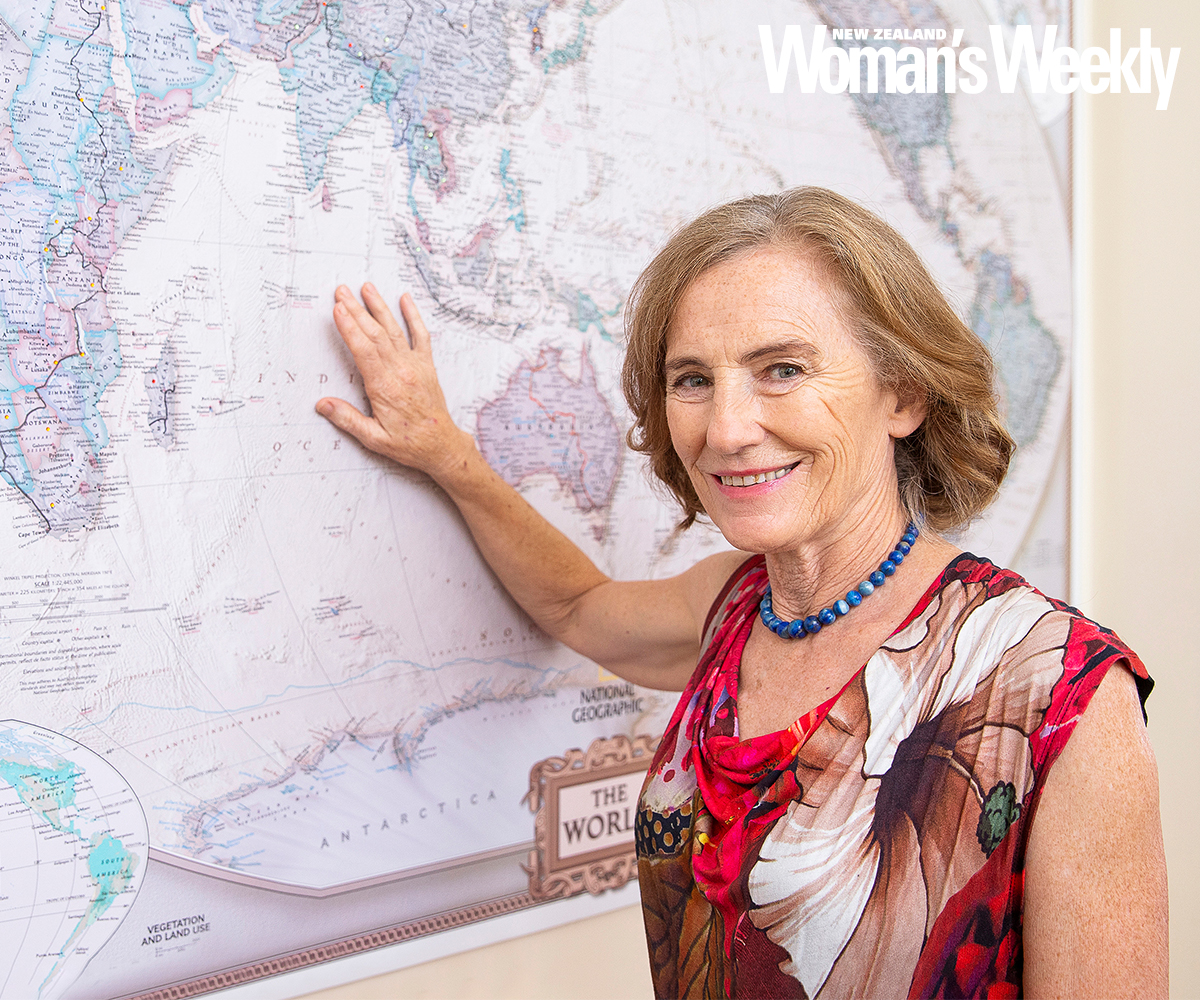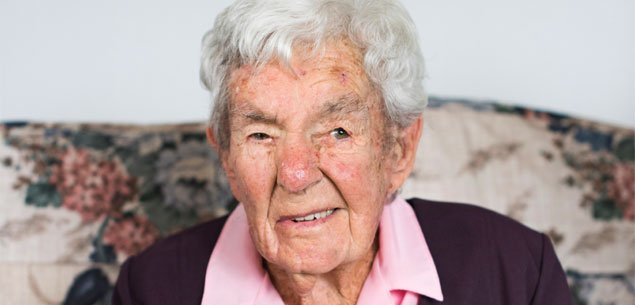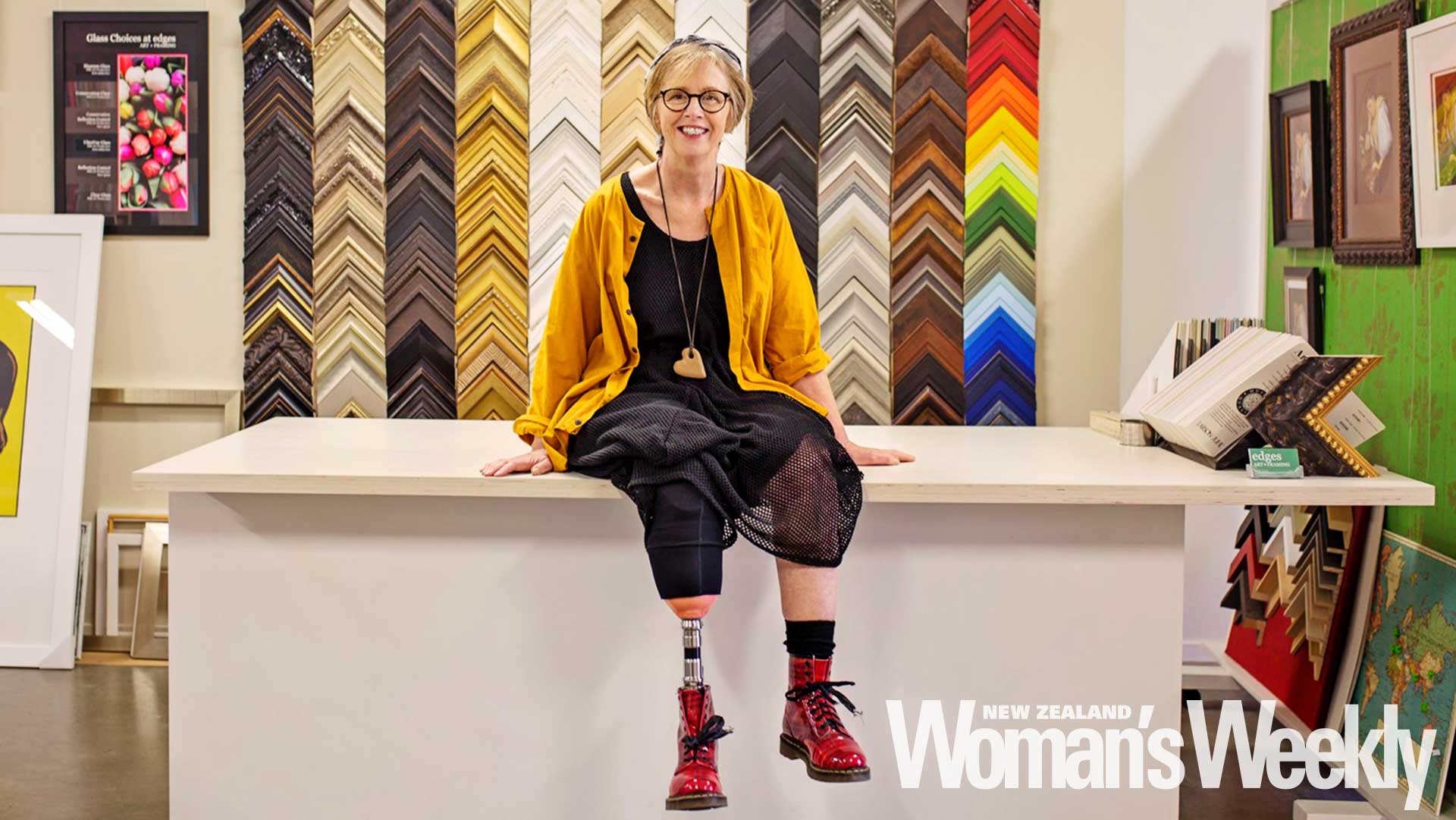Teresa Dooney clearly remembers the parting words of the woman she affectionately knew as Aunt Molly, uttered just hours before the deadly Napier earthquake.
It might be nearly nine decades later, but Teresa (95) recalls being handed a bag of sweets for running an errand, before heading to St Joseph’s School for the first day of term.
“Aunt Molly said, ‘Now be good girls and don’t eat them on the way to school or you’ll be sick.’
“We had just gone out to play – we got our lollies out of our bags and moved away from the building – and the earthquake struck,” says Teresa, recounting the terrifying moment at 10.47am on February 3, 1931, when the 7.8-magnitude tremor ruptured the earth, shaking Napier and Hastings so violently scores of buildings collapsed, including the school’s convent, killing a nun and trapping many.
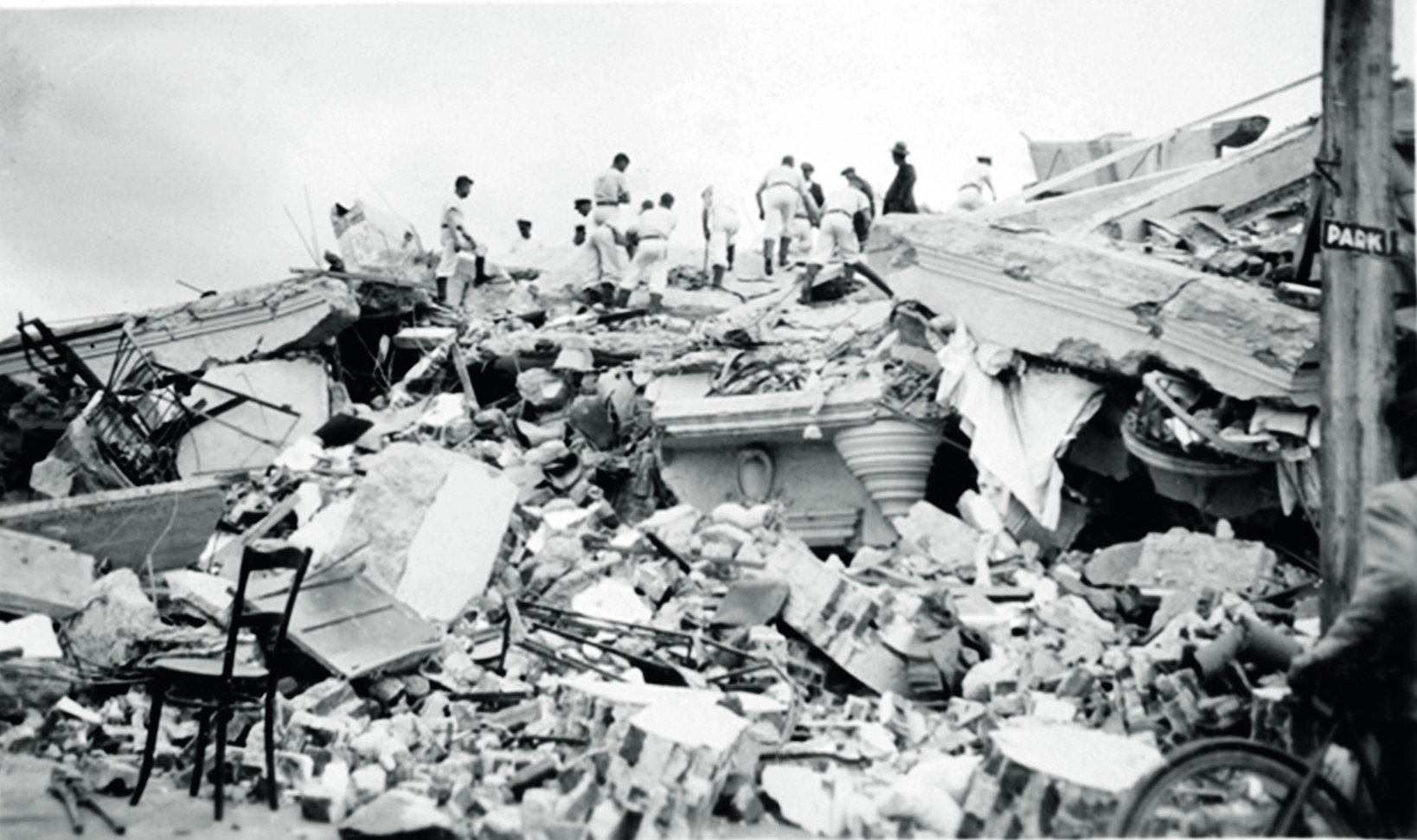
The 7.8 magnitude earthquake reduced buildings in both Hastings and Napier to rubble and claimed 256 lives.
“We were thrown to the ground. We tried to stand up but couldn’t. We were trying to crawl away from the building because of the terrible noise.
“We eventually managed to crawl into a paddock away from the school. That’s where I lost my lollies. I still had the top of the packet, though.
“The school stood, but there was a new convent on the same site where the nuns were having morning tea and that came down like a packet of crackers with the roof on top of it. To this day, I can still see the men cutting the roof to get them out.”
Once the devastating quake had stopped, worried relatives started arriving on foot and horseback to take their children to safety.
“I didn’t go home that day,” tells Teresa, who was seven at the time. “My aunty came from Taradale and took me back to meet my granny, and we sat on the footpath all day.
“That night, we slept in Taradale Park with a tarpaulin slung between two trees. My aunty went in the house between shakes and got bedding for us.”
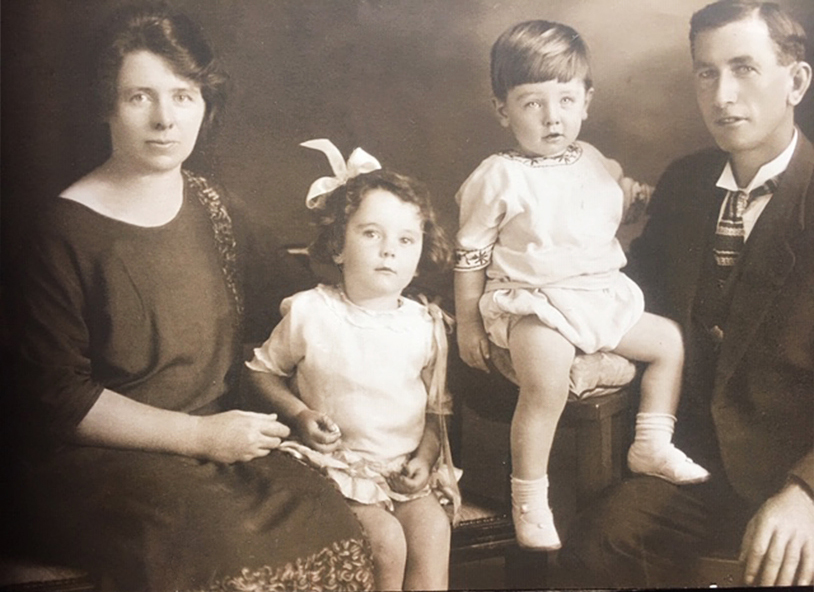
Teresa (pictured second from left) was separated from her family for weeks after the Napier quake.
Back on the family farm in Meeanee, Teresa’s three-year-old sister Joan had her own lucky escape after she became trapped under collapsed curtains.
“We had a window seat,” recalls Joan, now 91. “I can still remember sitting there. Mum had taken a drink out to the men harvesting in the paddock so I was left there to watch her out the window. The next thing, the earthquake came and the curtains came down on top of me. I can remember being tied up in them, and Mum and Dad having to rescue me. He had to break down the door to get me out.”
With fire raging in the central business district, Teresa and Joan were among thousands of women and children who became quake refugees, dispersed across the North Island until it was safe to return to their devastated communities. Like many families, the Dooneys were apart for weeks, some living with relatives, others billeted by strangers.
“I didn’t see Mum for a month,” Teresa says. “She was evacuated to Pahiatua, and I was with my granny and aunty in Palmerston North.”
Their brother, William, was sent to relatives in Bunnythorpe.
“We didn’t even know the Pahiatua people,” Joan recalls. “They just took us in.”
Teresa went to school in Palmerston North, but says she was quickly dubbed the “mad girl from Hawke’s Bay” after dashing out of the classroom at the slightest hint of a shake.
“I was on edge the whole time. As soon as I got to school and saw the brick building, I went and hid my case in the hedge. The first little bit of noise, I was out the door. They eventually decided to sit me down the back of the class.”
Teresa recalls returning to Napier at Easter and being driven around the ruins of what was once the town’s bustling centre.
“I remember saying, ‘I want to go home, I want to go home.’ Just seeing that it all was a real mess.”
They would later discover their mum’s best friend, the honorary aunt who gave them the lollies on the day of the quake, had perished, along with the woman’s mother, their bodies eventually found buried in debris under a collapsed shop verandah, arms slung protectively around each other.
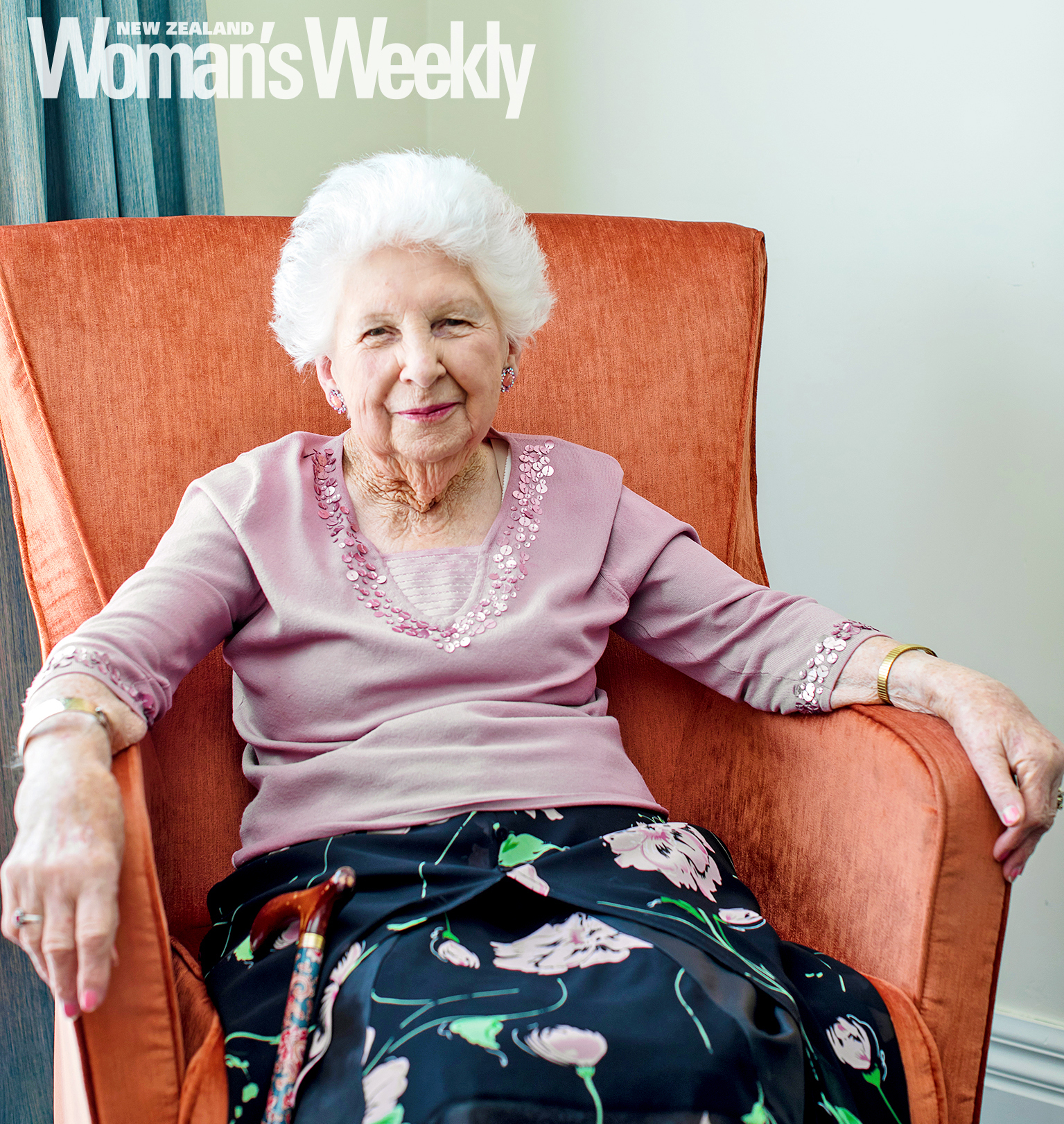
Joan still fears being shut in places after her experience during the Napier quake.
The earthquake remains New Zealand’s worst civil disaster, having claimed 256 lives.
Teresa and Joan’s sister-in-law, Nola (93), who lived in rural Hawke’s Bay, near Puketapu, some 15km from Napier, says the tremor didn’t disrupt her life, but she suffered lifelong heartache when her mother died unexpectedly a fortnight later.
“Whether that was from the earthquake, I will never know.
“That was the saddest thing in my life. I never got over losing her.”
Then just five years old, she describes seeing a pall of black smoke in the distance as a destructive fire raged out of control over 11 blocks in the town centre soon after the quake struck.
“You could see over Napier – it was all a bit dusty and then there was the fire.”
As the trio prepare to meet up with other quake survivors at next month’s annual afternoon tea at the Napier Boys’ High School, they say the tragedy took a lasting toll.
“To this day, I still have the same terrible feeling of being shut in,” says Joan, who freezes in terror during earthquakes. “My bedroom and lounge door are never shut tight.”
“I’m like that too,” confesses Teresa, now in care at a Taradale retirement village.
“I ring the bell if I hear the door being closed. I tell them I don’t like the door being shut because of the 1931 earthquake.
“You never forget it and you never get over it.”
